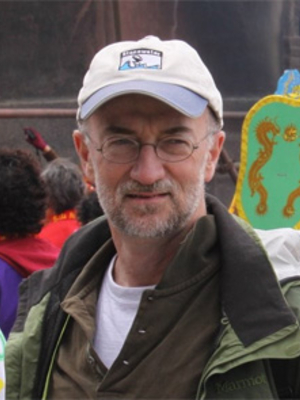Residential Segregation
Leader: Daniel Lichter, Robert Mare
The Residential Segregation RG is dedicated to updating the country’s system for measuring residential segregation. This research group has three main research commitments: (a) monitoring segregation at the extremes; (b) charting the spatial distribution of the elderly poor; and (c) developing a new GPS-based infrastructure for measuring segregation.
Segregation at the extremes: The first line of research addresses the need to better monitor segregation at the extremes, including (a) the possible rise of enclave-style segregation at the very top (the “one percent”) and (b) the yet more troubling possibility of a resurgence of extreme segregation among the very poor. In a related recession brief, Robert Sampson has shown that poor neighborhoods have become yet poorer in the downturn, raising the possibility that hyper-segregation is indeed emerging.
Segregation of the elderly poor: In the second line of research, research group members are charting the spatial distribution of the elderly poor, given emerging concerns about their ghettoization. This line of research, which is being carried out in collaboration with the Stanford Center on Longevity, begins with a simple descriptive mapping of elderly poor that reveals the extent to which they are indeed isolated and segregated.
Real-time measures of segregation: The third main initiative is to develop a new infrastructure for monitoring segregation. The conventional approach of carrying out separate and static measurements of residential, school, work, friendship, and marriage segregation can be replaced with a direct behavioral framework that tracks the continuous-time patterning of inter-person contact. By exploiting GPS measurements (increasingly available, even for the poor, via mobile phones), it becomes possible to track poor, middle-class, and rich people as they move through their day and attend school, go to work, carry out their shopping, and visit friends and family. This methodology will produce a real-time measure of how much segregation there is and, in particular, the extent to which the poor are growing increasingly isolated in school, home, work, and leisure.
CPI Collaborators
 |
Nancy Denton |
Chair, Department of Sociology; Director, Developmental Core, CSDA; Professor, School of Public Policy, University at Albany, SUNY Professor, Sociology, University at Albany, State University of New York |
State University of New York - University at Albany |
 |
Thomas J. Espenshade |
Professor of Sociology, Emeritus; Faculty Associate, Office of Population Research |
Princeton University |
 |
Nan Dirk De Graaf |
Professor and Official Fellow, Department of Sociology, Nuffield College |
University of Oxford |
 |
Matthew Hall |
Associate Professor of Policy Analysis & Management; Training Director for the Cornell Population Center |
Cornell University |
 |
Jeffrey Henig |
Professor of Political Science and Education; Politics & Education Program Director |
Columbia University |


